PALLIDUM M. von Bieberstein, 1808
Synonyms :
Sedum rubens var. decandrum De Candolle (1828)
Sedum bithynicum Boissier (1849) / Sedum glaucum ssp. bithynicum (Boissier) Boissier (1872) / Sedum pallidum var. bithynicum (Boissier) Chamberlain (1972)
Sedum filicaule Bornmüller (1941)
Distribution : South eastern Bulgaria, northern Turkey, northern Iran, Russia (Crimea), Georgia (Caucasus); Euxine element restricted to the regions bordering the Black Sea.
Description (according to IHSP 2003) :
Glandular-pubescent perennial herbs, usually with branching and rooting sterile shoots at the base of the ascending flowering shoots.
Leaves alternate, densely imbricate, sessile, shortly spurred, linear to linear-oblong, 6 - 10 mm or rarely longer, terete to semiterete, obtuse to acute, glaucous-green, sometimes red.
Inflorescences : Flowering branches to 15 cm, inflorescences cymes with usually 2 - 4 cincinni.
FIower 5-merous, sepals broadly sessile, basally slightly connate, triangular, acute, petals free, lanceolate, white or rarely pinkish, keel often red, filament glabrous, anthers red.
Cytology: 2n = 20, 40, 60
Although generally perennial, the usually non-flowering shoots of some plants may occasionally all produce inflorescences. These apparently monocarpic specimens can be distinguished from the strictly annual S. eriocarpum by the basally ascending and usually much-branched stems. [H. 't Hart, B. Bleij & V. V. Byalt]
See also Sedum eriocarpum, S. hispanicum, S. pentapetalum, S. rubens
Photos of plants in habitat :
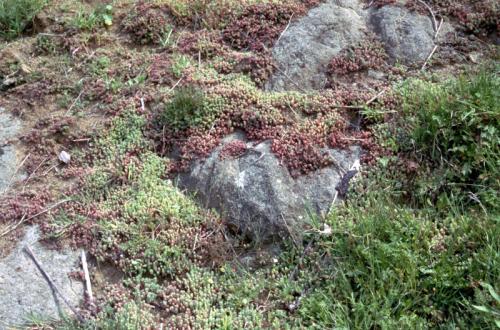
Just a little inland of Rize on the Black Sea Coast, Sedum pallidum grows. Here it is tiny (and used to be referred to var. bithynicum). Here it is perennial and the flowers are dark pink/purple white striped. These features are retained in cultivation.
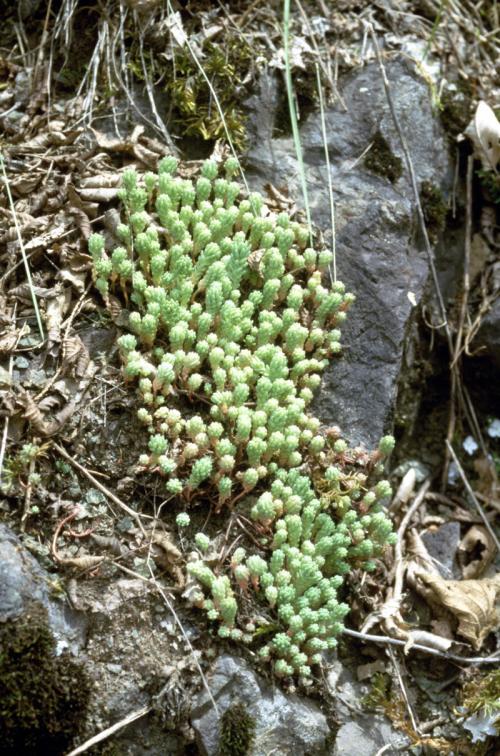
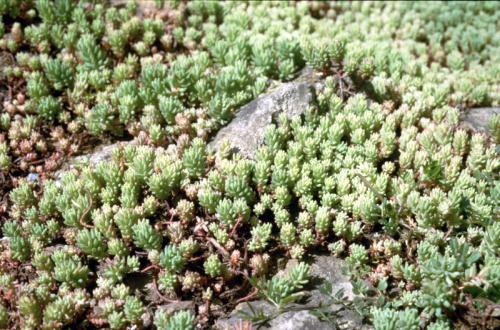
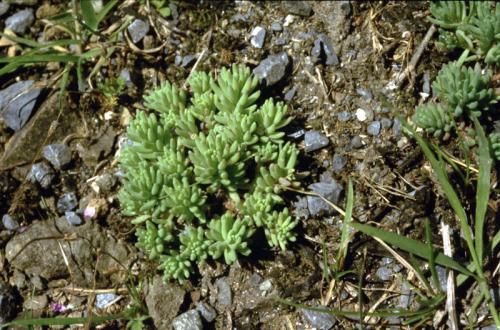
As you cross the Euxine watershed individually, the plants are much larger, yet do not spread. They act as annuals and flowers are whiter.
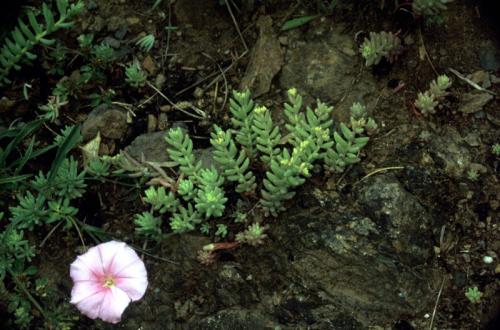
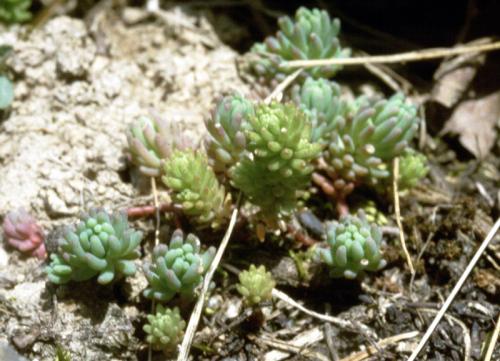
At the snowline in June at Ovitdagi (g should have accent!) Pass mixed with Sedum gracile. S. gracile is the greener plant.
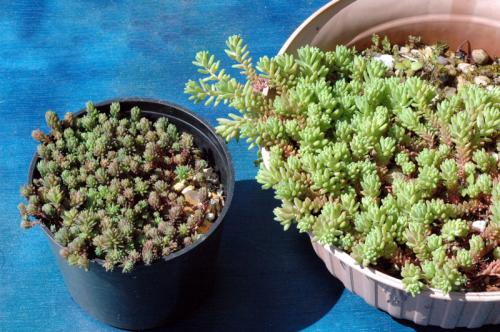
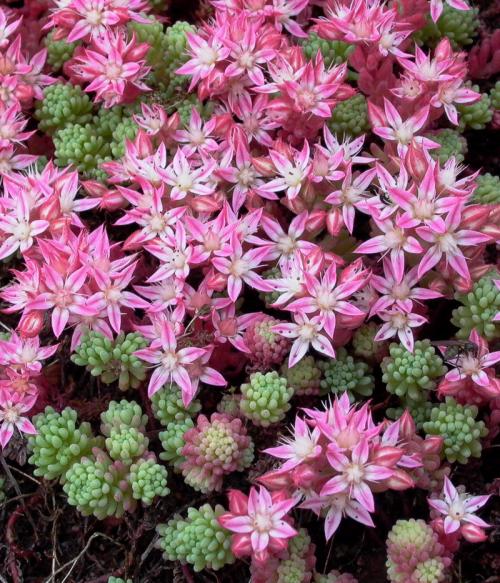
Coastal form in flower
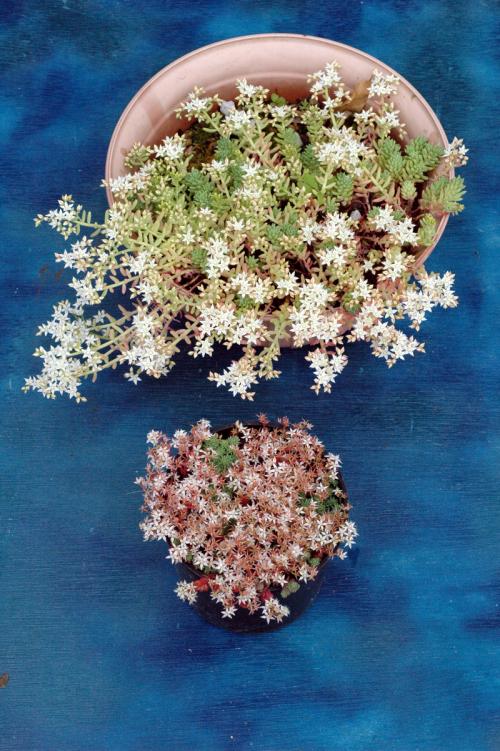
Inland and coastal forms in flower in cultivation.
Text and photos Ray Stephenson